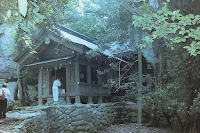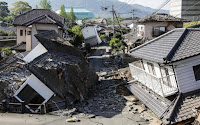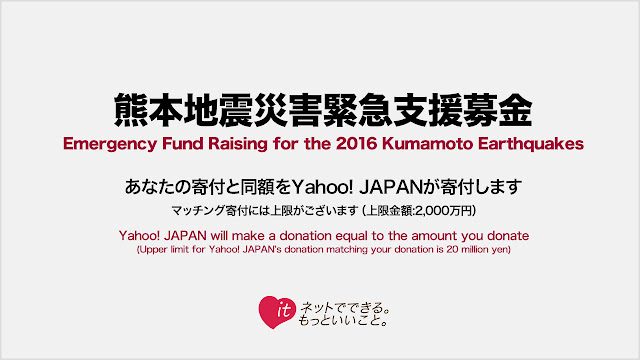Kyushu (九州) is Japan’s third largest island and is located southwest of the main island of Honshu. It is famous for its subtropical climate, active volcanoes, beaches and pristine nature. One of its most popular tourist attractions is Takachiho Gorge, which should be on everyone’s bucket list for Japan.
Takachiho Gorge (高千穂峡) in Miyazaki Prefecture is both a natural wonder and an important religious site to the Japanese. The impressive gorge was formed from lava from Mount Aso which over time eroded to create 80 ~ 100-meter-high cliffs. The ravine has countless waterfalls cascading into it, including the 17-meter-tall Minai-no-taki Waterfall. You can enjoy the beautiful gorge by hiking along its edge, but the best way to see it is up and close and personal in a row boat. You can rent a boat for ¥2000 for a 30-minute ride. The best time to visit is early summer for the vivid green leaves or fall for the tinted autumn leaves.
 |
| Image Source |
Takachiho is associated with many myths and legends about the founding of Japan. Nearby Ama-no-Iwato Shrine (天岩戸神社) is a sacred Shinto shrine, where according to myth the sun goddess Amaterasu hid in a cave located on the shrine grounds. Another legend suggests that this is the place where Amaterasu’s grandson, Ninigi-no-Mikoto descended to earth to establish Japan’s imperial family.
 |
| Image Source |
Please enjoy the amazing video below by Jon Bear, a cinematic videographer from Fukuoka in Kyushu, who recently visited Takachiho Gorge in Miyazaki and shot this video on behalf of us here at Japan Australia.









